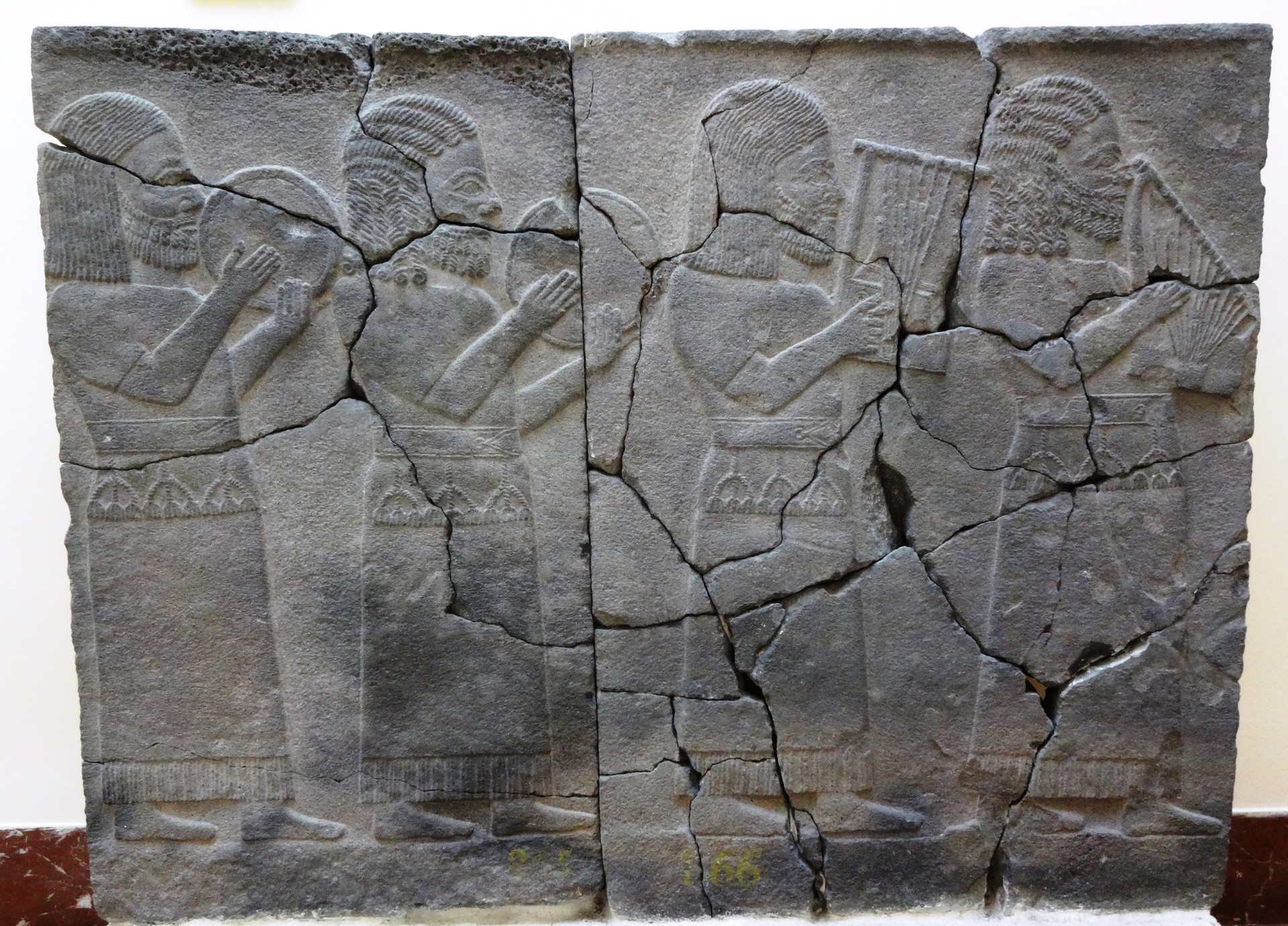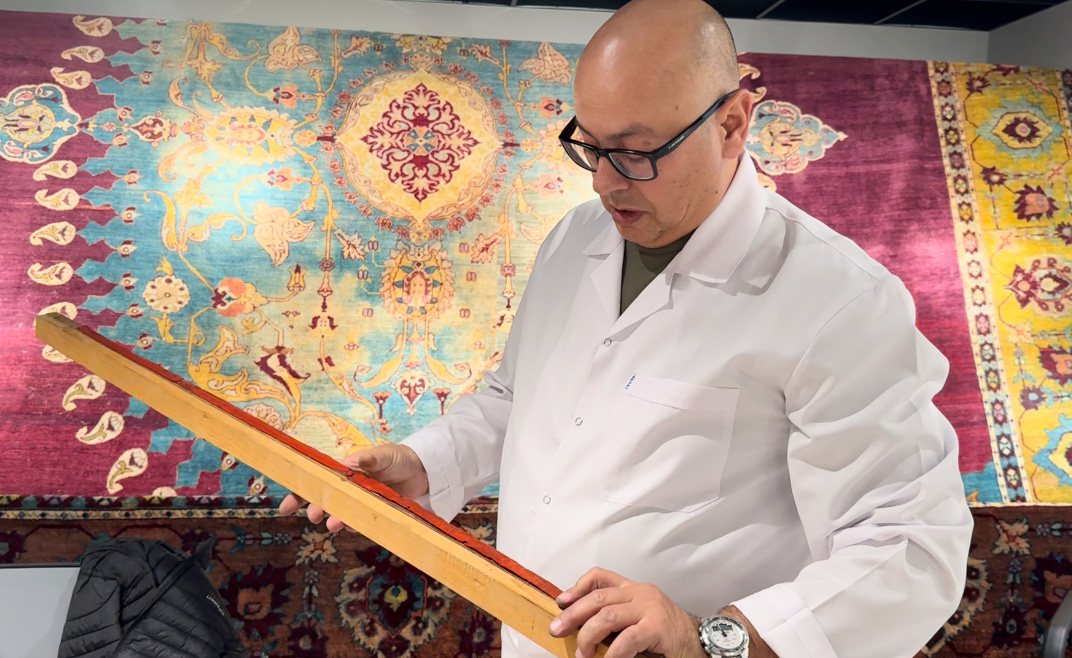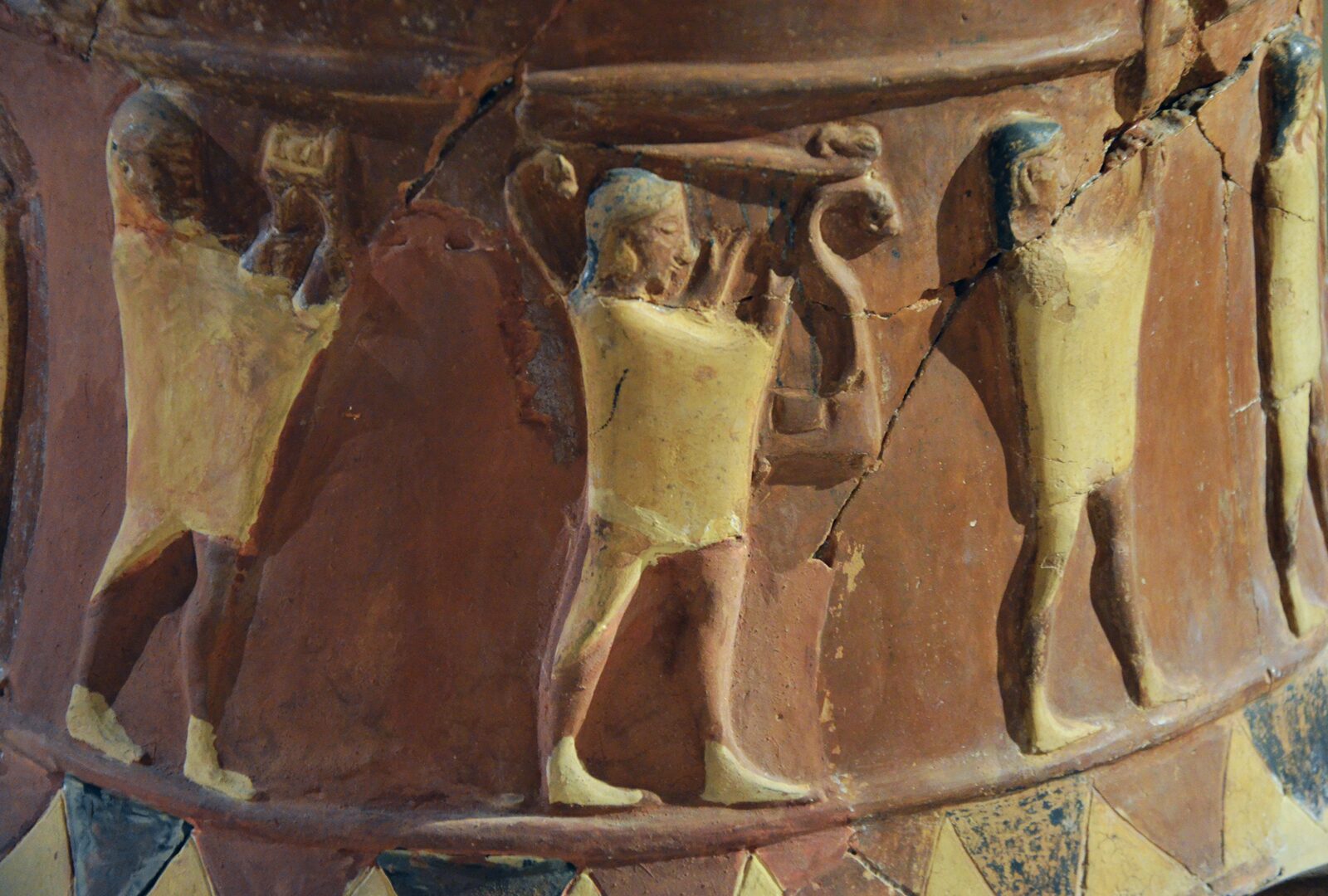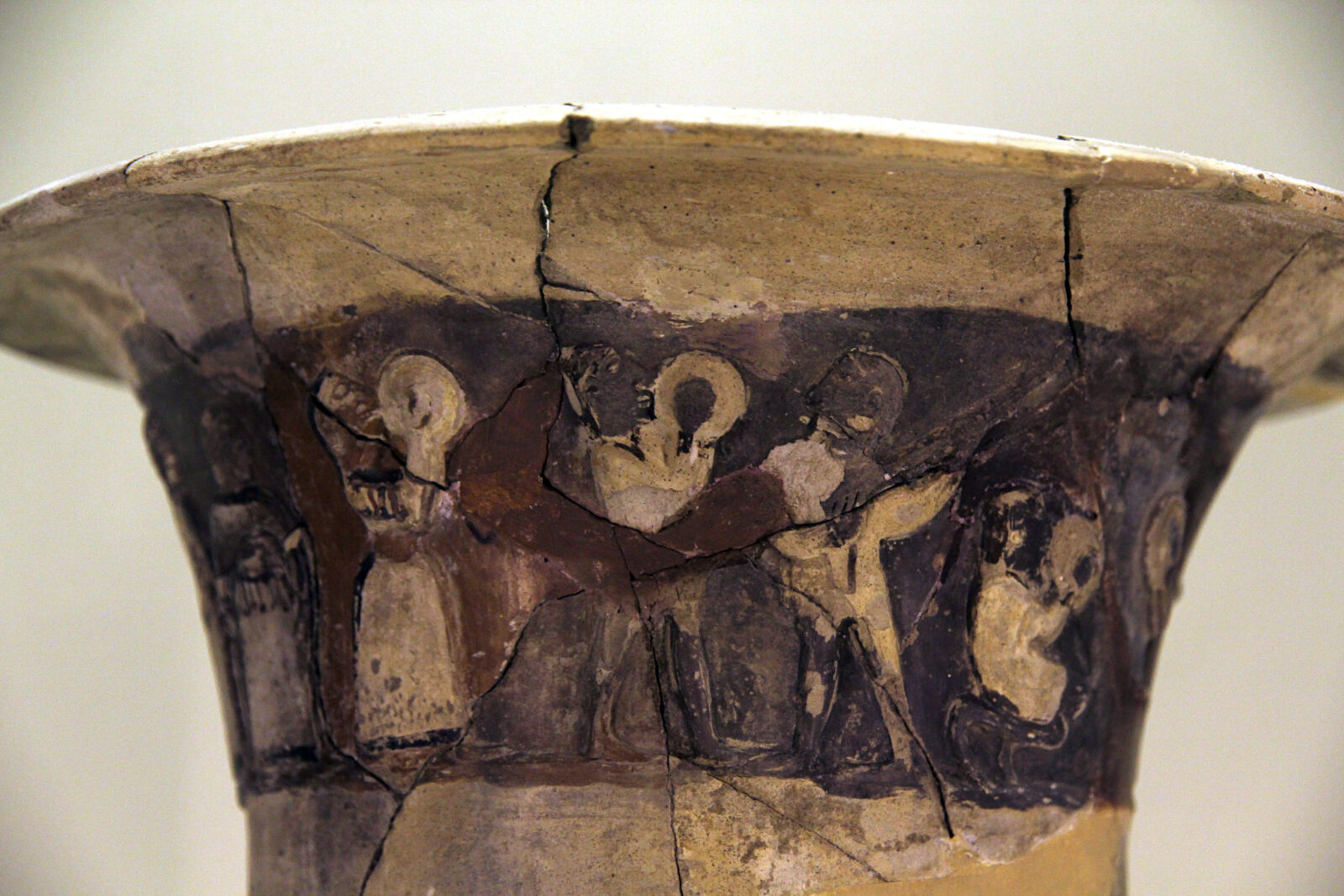
Ahmet Tunc Buyruklar, a faculty member at Istanbul Technical University's (ITU) Turkish Music State Conservatory, has highlighted Anatolia’s pivotal role in the history of musical instruments.
According to Buyruklar, many instruments used today trace their origins to this historic region, with evidence dating back 3,700 years to the Hittite era.

Restoring Türkiye’s first piano, crafted in 1904 by Mehmet Usta of Taskopru, Buyruklar shared his insights into the history of Anatolian music and instruments in an interview with Anadolu Agency.
A scholar with over four decades of experience in music instrument making and organology (the study of musical instruments), he emphasized the global impact of Anatolian craftsmanship.
Buyruklar explained that Anatolia has been a significant center of music since the Neolithic period. "With the advent of settled life, the earliest forms of village living emerged here," he said. "During these times, instruments such as rasps, alarm whistles, and flutes were widely crafted. As metalworking developed during the Bronze Age, instruments like bronze cymbals and sun discs began to appear."
Archaeological discoveries, including clay rattles and other sound-producing artifacts, underscore the role of Anatolia in music history.

The origins of modern musical instruments in Anatolia are particularly tied to the Hittite period. Buyruklar referred to the famed Inandik Vase, unearthed in Cankiri’s Inandiktepe, which features depictions of musical instruments. "The vase illustrates Hittite harps, large and small lyres, cymbals, drums, and wind instruments," he noted. "It’s compelling evidence that music and its instruments flourished here thousands of years ago."
He added, "Instruments such as the oud, qanun, guitar, lute, and classical kemence likely spread westward from this geography."

Buyruklar also stressed the superior craftsmanship of Turkish artisans in creating traditional and Western musical instruments. "Our handcrafted instruments are unmatched worldwide," he said. "From Turkish folk music to classical Turkish music, the level of artistry in our instruments is unparalleled. Additionally, we have made significant strides in crafting Western instruments like violins, gaining international acclaim."
He pointed to achievements such as student Derya Eroskay winning first prize at the Malta International Guitar Competition, highlighting the global recognition of Turkish talent.
From ancient Hittite harps to modern-day classical instruments, Anatolia's contributions to music history remain profound. Buyruklar’s research and expertise illuminate Türkiye's rich musical heritage, showcasing its lasting influence on global culture.